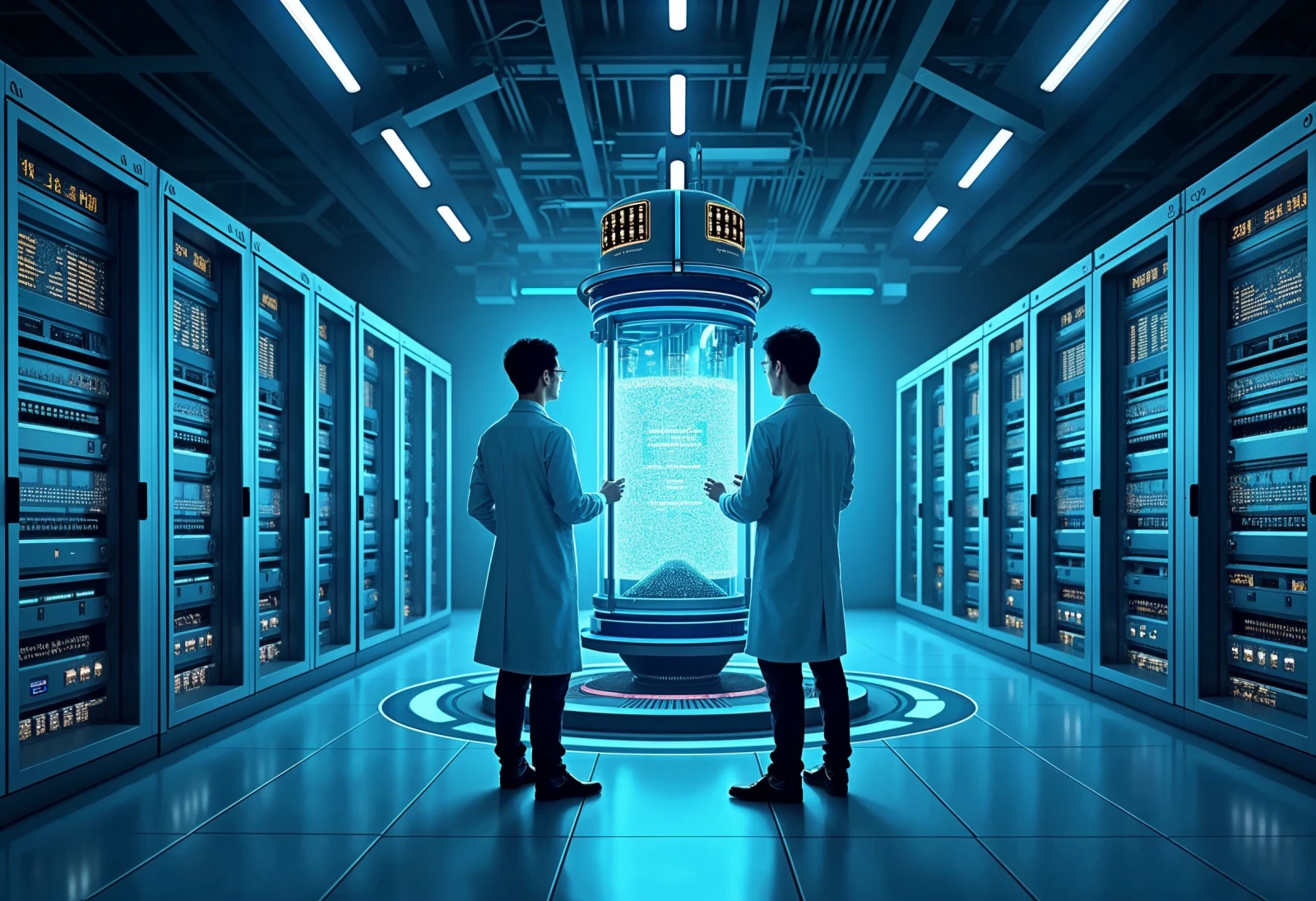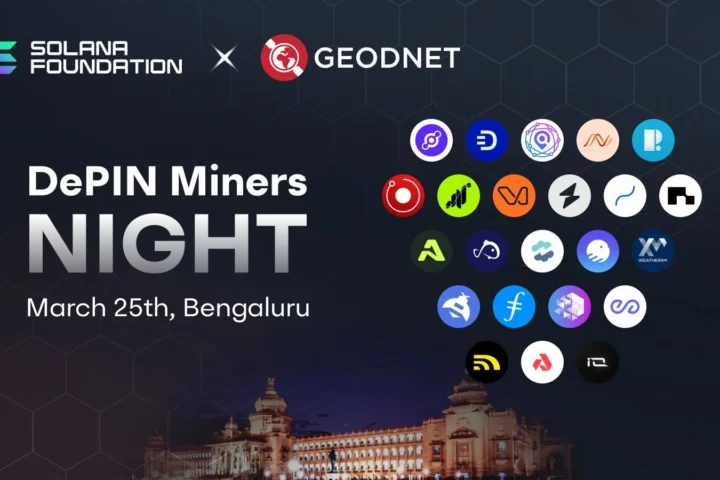Google is exploring the possibility of using electricity from nuclear power plants to power its data centers, according to CEO Sundar Pichai. This move comes as Google grapples with the immense energy demands of its artificial intelligence (AI) operations, particularly in the realm of generative AI, and its ambitious goal of achieving net-zero emissions by 2030.
Pichai highlighted the significant role generative AI plays in Google’s current and future endeavors, stating that it “cuts across everything we do today.” To support the development and deployment of this technology, Google has been investing heavily in data centers, with capital expenditures in the April-June quarter increasing by approximately 90% year-over-year to $13.1 billion.
While acknowledging the criticism surrounding Big Tech’s investments in AI, Pichai emphasized the need for substantial early-stage investment during platform shifts. He recognizes the challenges posed by generative AI’s energy consumption, which contributed to a 48% increase in Google’s greenhouse gas emissions in 2023 compared to 2019. Despite this challenge, Google remains committed to its net-zero emissions goal, exploring a range of solutions, including solar and small modular nuclear reactors.
Growing Energy Demands of AI
The burgeoning field of artificial intelligence, particularly the rapid advancement of generative AI, has placed an unprecedented strain on energy resources. Generative AI models, capable of creating realistic text, images, and even code, require massive computational power, translating into a voracious appetite for electricity. Google, a leading player in AI development, has witnessed a substantial increase in its energy consumption due to its generative AI initiatives. This surge in demand has prompted Google to actively seek alternative energy sources to power its data centers, which are crucial for training and deploying these sophisticated AI models.
Google’s parent company, Alphabet, has significantly ramped up its capital expenditures on data centers to support its AI ambitions. In the April-June quarter of 2024, Alphabet’s capital outlay rose by a staggering 90% compared to the same period in 2023, reaching $13.1 billion on a cash-flow basis. This substantial investment underscores the growing importance of data centers in driving Google’s AI endeavors, and consequently, the increasing need for reliable and sustainable energy sources to power these facilities.
Nuclear Power as a Solution
In its pursuit of a carbon-neutral future, Google is exploring nuclear power as a potential solution to meet its rapidly growing energy demands. While the company acknowledges the environmental concerns surrounding nuclear power, it recognizes the technology’s potential to provide a consistent and reliable source of clean energy. Google’s interest in nuclear power aligns with a broader trend within the tech industry, with companies like Microsoft and Amazon also exploring partnerships with nuclear power plants to power their data centers. This renewed interest in nuclear energy stems from the need for a reliable and scalable energy source to fuel the energy-intensive operations of AI development and deployment.
Google’s CEO Sundar Pichai has publicly stated that the company is “evaluating technologies like small modular nuclear reactors” as part of its energy strategy. Small modular reactors (SMRs) are a newer generation of nuclear reactors characterized by their smaller size and modular design, which allows for more efficient and cost-effective construction. While Google’s commitment to nuclear power remains in its early stages, the company’s exploration of this technology signals a potential shift towards embracing nuclear energy as a significant component of its clean energy portfolio.
Google’s Environmental Goals
Google has set an ambitious goal to achieve net-zero emissions across all of its operations and value chain by 2030. This commitment reflects the company’s recognition of the urgent need to address climate change and its responsibility as a major technology player to contribute to a more sustainable future. However, Google’s efforts to reduce its environmental impact have been challenged by the rapid growth of its AI operations, particularly generative AI, which requires massive amounts of electricity to train and operate. This has resulted in a significant increase in Google’s greenhouse gas emissions, with its total emissions in 2023 exceeding those in 2019 by 48% on a carbon-dioxide equivalent basis.
Despite this challenge, Google remains committed to its net-zero emissions target. The company is actively exploring a range of solutions, including increased investments in renewable energy sources like solar and thermal power, as well as evaluating new technologies like small modular nuclear reactors. Google’s CEO Sundar Pichai has acknowledged the ambitious nature of the zero-emissions goal, stating, “It was a very ambitious target, and we are still going to be working very ambitiously towards it.” This commitment to environmental sustainability is crucial for Google as it seeks to balance its technological advancements with its responsibility to the environment.
The Future of Nuclear Power
Google’s interest in nuclear power is part of a broader trend toward re-evaluating nuclear energy as a potential solution to the growing demand for clean energy. While nuclear power has long been a source of debate due to concerns about safety, waste disposal, and proliferation, the increasing need for carbon-free energy sources has led to a renewed interest in this technology. The development of smaller, modular nuclear reactors, known as small modular reactors (SMRs), has also contributed to the growing appeal of nuclear power. SMRs are designed to be more efficient and cost-effective to build and operate than traditional large-scale nuclear power plants.
The potential of nuclear power to provide reliable and baseload clean energy, coupled with the development of advanced reactor designs, could lead to a resurgence in the nuclear industry. If Google’s exploration of nuclear power leads to concrete partnerships or investments, it could further accelerate the development and deployment of this technology, contributing to a more sustainable energy future. However, the future of nuclear power ultimately hinges on addressing the ongoing concerns related to safety, waste management, and the potential for proliferation.
Impact on the Tech Industry
Google’s exploration of nuclear power as a potential energy source for its data centers could have a significant impact on the tech industry. It could signal a broader shift towards embracing nuclear energy as a viable solution to the growing energy demands of the industry, especially as companies grapple with the environmental impact of their operations. Other tech giants, such as Microsoft and Amazon, have already taken steps to explore partnerships with nuclear power plants to address their energy needs.
If Google’s initiative gains traction and leads to concrete partnerships or investments in nuclear power, it could stimulate further development and deployment of nuclear energy within the tech industry. This could lead to a more sustainable energy future for the sector, reducing its reliance on fossil fuels and contributing to broader climate change mitigation efforts. However, the adoption of nuclear power by tech companies would likely face challenges and require careful consideration of the environmental and safety concerns associated with this technology.










